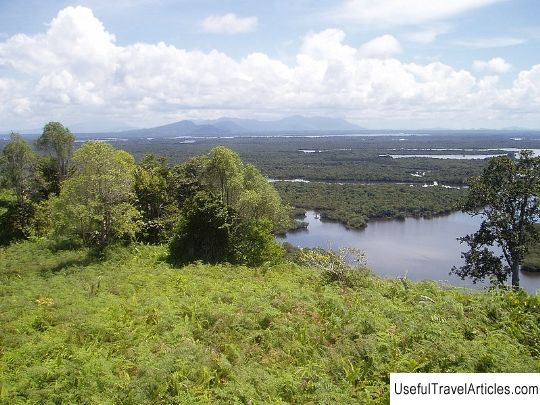Ishkol National Park in Tunisia
Rating: 8,8/10 (3875 votes)  Ishkol National Park is located next to the developed areas of Tunisia. There is an asphalt path from the capital of the country leading to the park gate. The park territory covers an area of about 126 square kilometers. It is worth noting that in the summer period it decreases due to a drop in the level of the lake, since Lake Ishkel occupies about four-fifths of the total area of the park. The rest of the territory is composed of limestone slopes of Jebel Ishkol Mountain and coastal swamps and thickets, which are flooded at high tide. For the first time, Ishkol territory acquired the status of a nature conservation object back in the 13th century, during the reign of the Hafsid dynasty, who banned hunting in these surroundings. In 1891, Ishkol Park began to bear the status of a nature conservation object in the modern sense. In 1980, the national park acquired the boundaries that we see at present and in the same year it was included in the UNESCO World Heritage List. The main reason for the creation of the national park in this area was great importance of the marshy area of Ishkel for wintering waterfowl and migratory birds. The brackish and shallow lake (less than 2 meters deep) serves as a huge natural"feeder" for hundreds of thousands of birds. The fauna of the national park is very rich due to the diversity of the territory. The lake is home to a fairly large number of fish: mullet, eel, barbus, sea bass and others. The abundance of food attracts water birds to these places. Some birds simply stop here during their flight to the south, while many remain for the winter. Mammals such as otters, populations of genetas and wild boars, small populations of mongooses and porcupines, and others also live in the park.   We also recommend reading Amphitheater in El Jem in Tunisia Topic: Ishkol National Park in Tunisia. |




